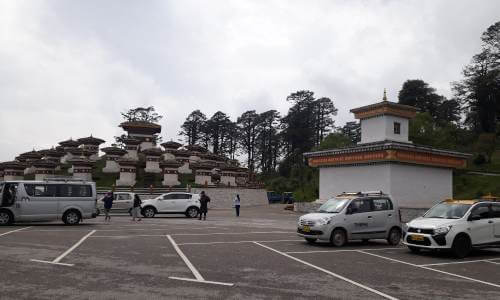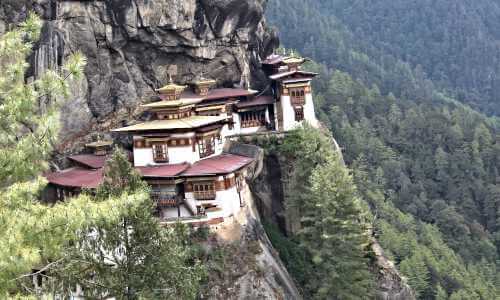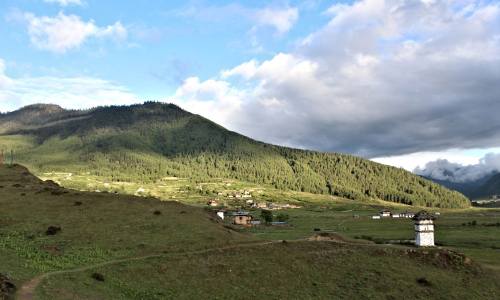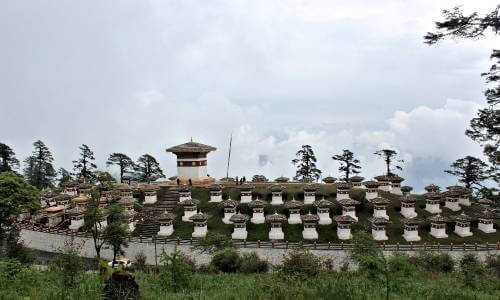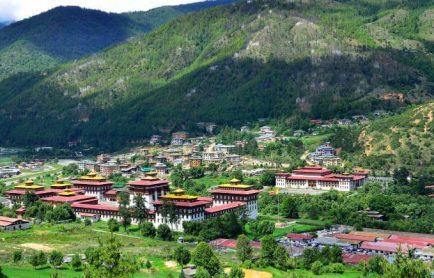History of Bhutan
A mountainous land hidden from the rest of the world by its lofty frontiers, Bhutan enjoys a fascinating history steeped in Tibetan Buddhism. It is one of the few countries in the world to enjoy complete independence and sovereignty since time immemorial. Other than the fact that this region was settled as early as 2000 BC, though not much is known about the history of Bhutan due to its obscurity from the world. However, the medieval and modern history of this abode of Buddhism and spirituality is no less exotic. Legend has it that this place was ruled by the Cooch-Behar King, Sangaldip, in the 7th Century. Political tensions and turmoil in the neighbouring region of Tibet forced many monks to flee and they brought Tibetan Buddhism with them to Bhutan. The 12th century saw the establishment of the Drukpa Kagyupa School which marked the Drukpa Kagyupa branch of Buddhism as the country’s dominant religion.
The Rise and Fall of Bhutan between 17th – 19th Century
The 17th century saw the rise of Ngawanag Namgyal from an ordinary Tibetan lama to a successful emperor who defeated foreign invasions, subjugated rival religious sects, codified the Tsa Yig (Buddhist code of moral discipline) and created a comprehensive system of law and order. His death created a huge power vacuum in Bhutanese Politics which resulted in a long and drawn out civil war lasting the next 200 years.
The Establishment of the Wangchuck Dynasty
Finally, Ugyen Wangchuck came to power in 1907 and immediately began building close relations with the British crown which was ruling over the Indian subcontinent at that time. King Ugyen of Bhutan and the British Crown signed the treaty of Punakha in 1910 which further solidified the sovereignty of Bhutan. The Treaty ensured that Britain would not interfere in the internal affairs of the country as long as the King listened to their advice when dealing with external matters.
Coronation of Jigme Wangchuk and Bhutan’s Development
His son Jigme Wangchuk acceded the throne in 1926. In 1947, the neighbouring nation of India became independent from the British. The new Indian administration followed a policy similar to that of the British when dealing with Bhutan which led to the signing of the Treaty of Peace and Friendship between the two nations in 1949. A new development plan along with a modern system of law was soon designed and followed.
The mid 1950’s saw the rise of Bhutan from an obscure and rural land of monks and monasteries to a nation boasting its own National Assembly, Royal Court of Justice and Royal Army. In 1971, Bhutan became a member of the United Nations.
Succession of Jigme Singye Wangchuk and Introduction of Gross National Happiness Concept
Jigme Singye Wangchuk became the King of Bhutan in 1972 and continued the successful development plan of his predecessor. He launched a nationwide philosophy of ‘Gross National Happiness’ which was aimed at a multi-faceted development of the country and its people. The transformation of Bhutan continued with the rapid development of hydroelectricity, tourism, decentralization of governance and modernization of the education sector.
